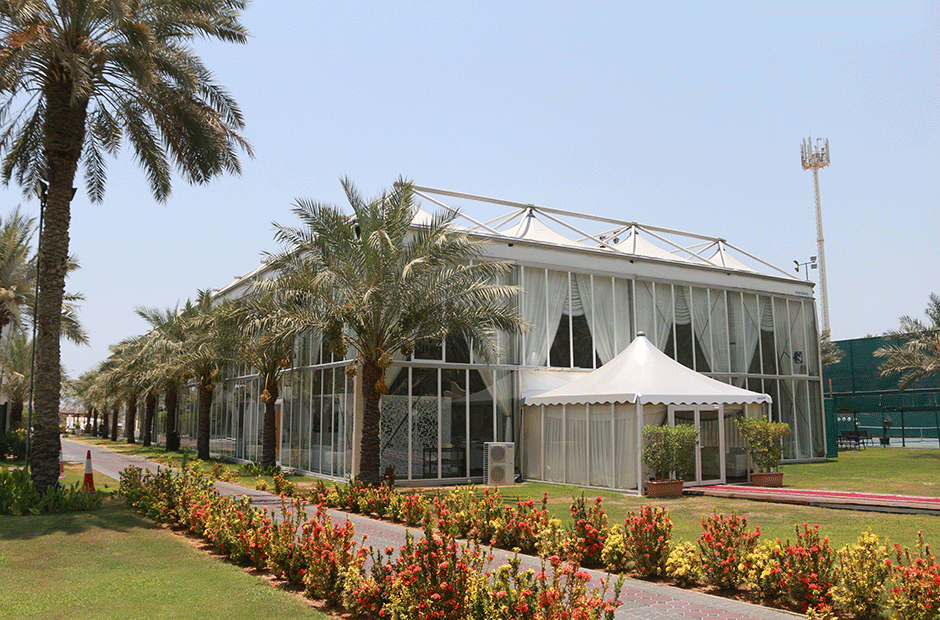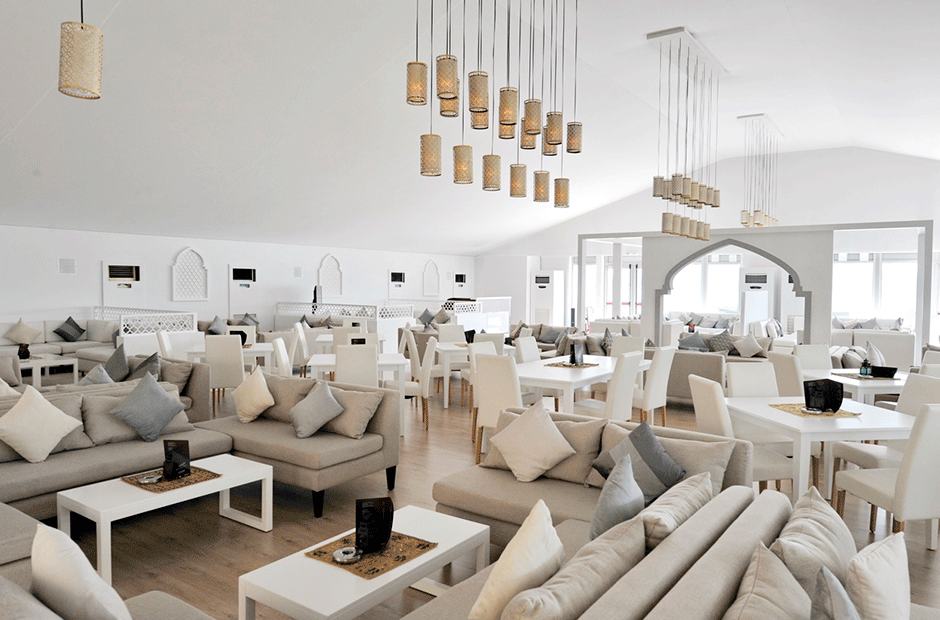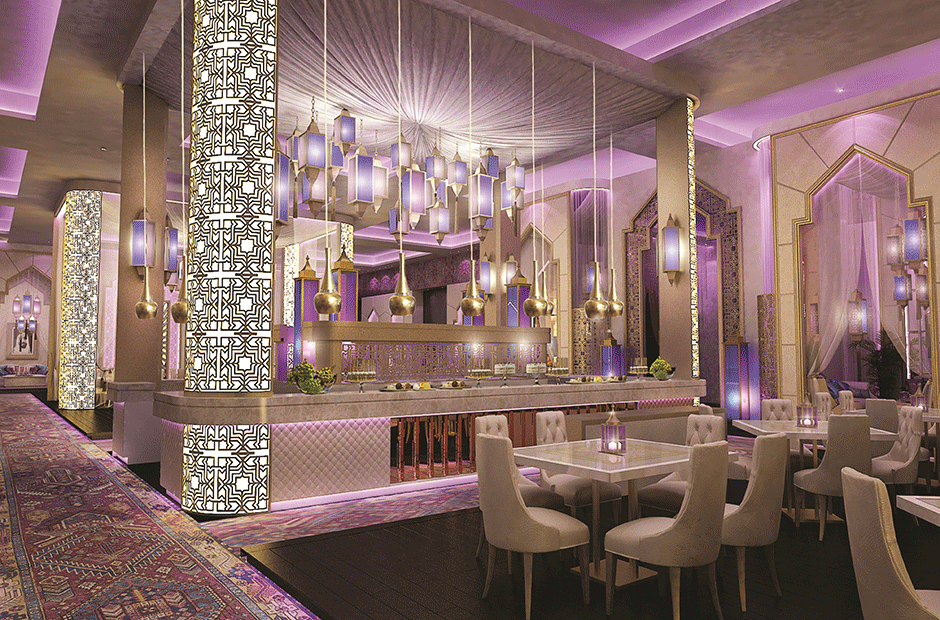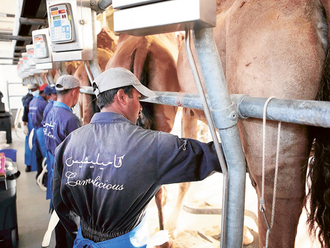
During Ramadan, tents set around elegant UAE venues make for enjoyable iftars and suhours in the company of family and friends. The most stylish have lavish interiors overlooking the panoramic skyline of the city or the beach, offering a vast range of cuisines with plenty of live entertainment. GN Focus highlights the top four features designers have integrated into their tents this year.
Glass panes
Designers have taken a note of the picturesque locations tents are set in and have used glass panes to make them an attractive feature. “We use insulated glass unit (IGU) walls in the tents to allow guests to enjoy the beautiful surrounding views,” says Ihab Mouallem, General Manager, Al Baddad Capital, a tent and shade solutions company. “The IGUs are made of panes of glass that are separated by a spacer material (air or a noble gas) and sealed together at the edge. The IGUs not only extend and merge the interiors with the outdoors but also prevent heat from coming from the outside to the inside.”
Mashrabiya designs
Mashrabiya designs, or traditional Arabian motifs, are used extensively with a modern twist in various tents. “We have used mashrabiya arches around the interior and exterior of entrances and as a wall feature of the tents,” says Jonathan Hills, General Manager, Harlequin Marquees. “Moving away from the conventional dark wood finish, these are given a white finish, providing a revived modern appeal and feel.”
Sebastian Nohse, Director of Culinary, JW Marriott Marquis Dubai, reveals that steel mashrabiya is used in their tents instead of the usual wooden mashrabiya panels to create the perfect blend of modern and traditional opulence.
Water features
The use of water elements is becoming prominent in tents across the city. “Water features give a tranquil and calming accent to the interior and guest experience,” says Hills. “We have offered this as a main focal point inside the structure, with a bespoke seating bench to create more seating options for space. We built a large, square fountain in the centre of a Ramadan tent that has bench seating around the perimeter and small lights under the water.” Adding small features to the fountains like seating options, a mosaic backdrop or a large copper dish as the spout can add extra appeal to the fountains, he adds.
Colour tones
Gold and jewel tones continue to add a rich and lavish feel to many tents. However, Moroccan tones of copper and teal have also been introduced this year. “Moroccan tones are used to give a hint of colour and break up the interior space in the tent without compromising the contemporary look and feel,” says Hills. “These are used in soft furnishings such as the scatter cushions, table cloths/table runners, lighting features, bespoke elements like partition walls that create the VIP spaces and in small accessories such as Moroccan tea glasses, rugs/carpets and painted walls.”













